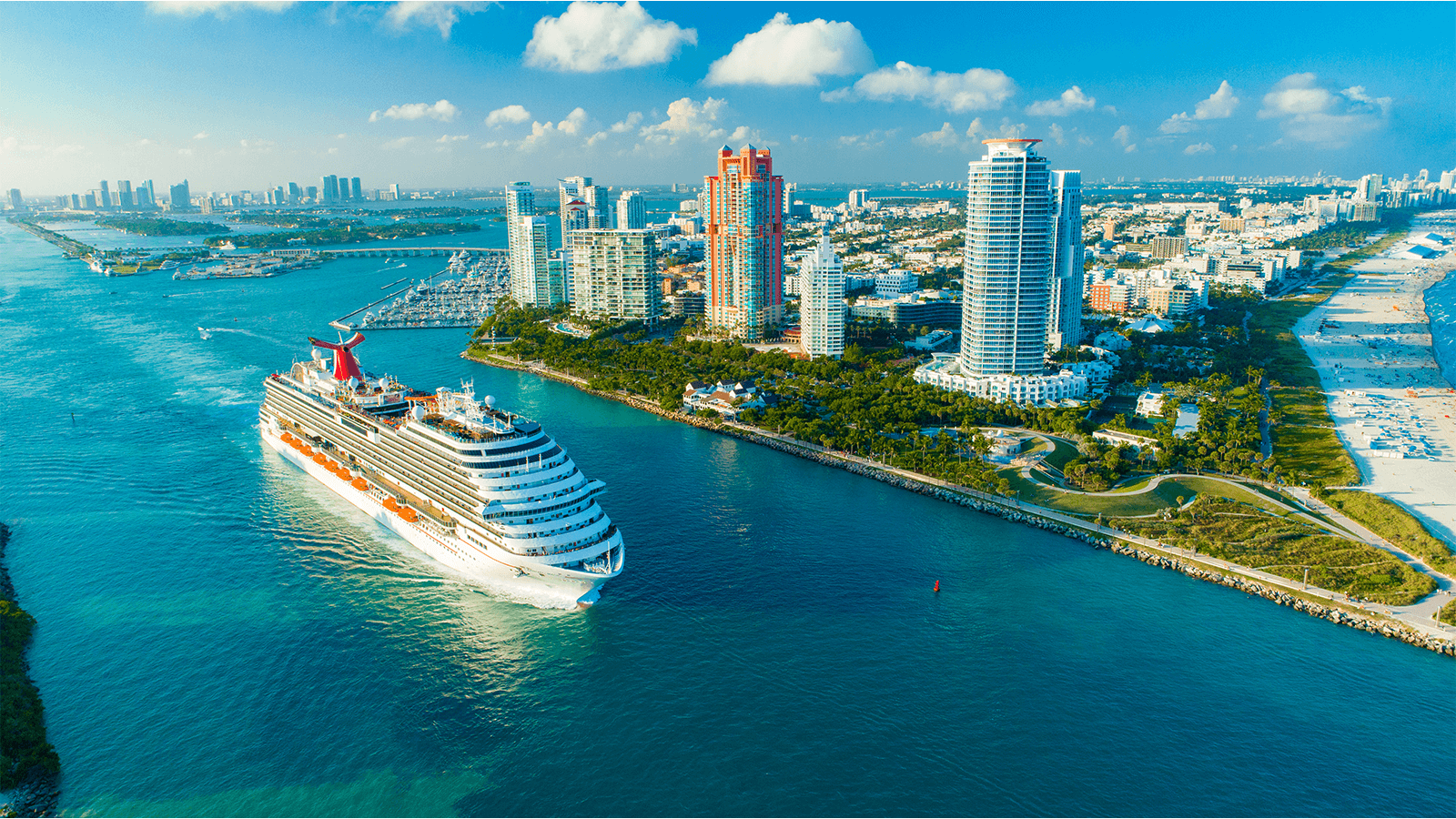Visiting:
Europe

Virgin Voyages
Almost everything is different on this brash new entry to the cruising market, including an emphasis on adult relations, gym time, and self-indulgent social activity.
Sir Richard Branson's adults-only, bright red-liveried new ship also has a fantastic nightclub and a food court instead of a buffet. There are exciting plans for a fleet of new ships on the horizon, to join the already established fleet of cruise ships that go against the grain.
2700
Passengers
1150
Crew
2020
Launched
110000t
Tonnage
278m
Length
38m
Width
22kts
Speed
16
Decks
USD
Currency
Cruise Itinerary
Day 1
Portsmouth, England
Embark.
Days 2 - 3
Amsterdam, Netherlands
Day 4
Zeebrugge, Belgium
Day 5
At Sea
Relax and make the most of the myriad of facilities available on board the ship, from fantastic entertainment to delicious and diverse dining options.
Day 6
Kirkwall, Orkney Islands, Scotland
Day 7
Stornoway, Isle of Lewis, Scotland
Day 8
At Sea
Relax and make the most of the myriad of facilities available on board the ship, from fantastic entertainment to delicious and diverse dining options.
Day 9
Greenock, Scotland
Day 10
Belfast, Northern Ireland
Day 11
At Sea
Relax and make the most of the myriad of facilities available on board the ship, from fantastic entertainment to delicious and diverse dining options.
Day 12
Dublin, Ireland
Day 13
At Sea
Relax and make the most of the myriad of facilities available on board the ship, from fantastic entertainment to delicious and diverse dining options.
Day 14
Portsmouth, England
Disembark.

Day 1
Portsmouth, England

Days 2 - 3
Amsterdam, Netherlands

Day 4
Zeebrugge, Belgium

Day 5
At Sea

Day 6
Kirkwall, Orkney Islands, Scotland

Day 7
Stornoway, Isle of Lewis, Scotland

Day 8
At Sea

Day 9
Greenock, Scotland

Day 10
Belfast, Northern Ireland

Day 11
At Sea

Day 12
Dublin, Ireland

Day 13
At Sea

Day 14
Portsmouth, England
Ship Details


Virgin Voyages
Scarlet Lady
With a name inspired by an early Virgin Atlantic plane, Scarlet Lady is Virgin Voyages' premium take on what a luxury cruise ship means - sailing from the vibrant shores of Miami. Ushering in a new era for sea travel, she's designed with a unique approach to how cruises look and feel.
Cabins
All Prices






